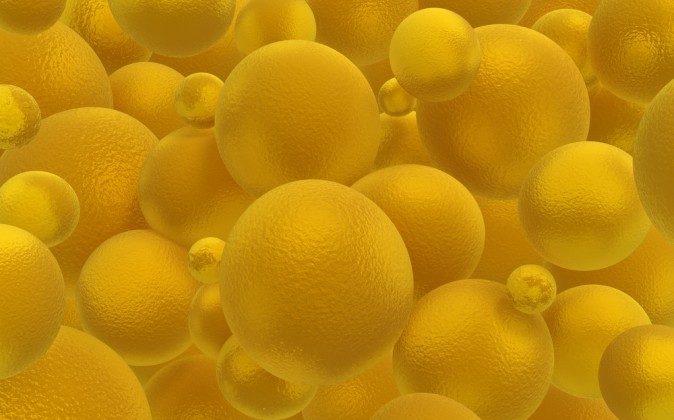Scientists are using nanoballoons to get chemotherapy drugs where they need to go. They blast the balloons with red lasers to release the drugs.
They say the approach could make chemo more effective while reducing side effects.
“Why PoP-liposomes, or nanoballoons, open in response to an otherwise harmless red laser is still a bit of a mystery to us, but we have definitely unearthed a new and unique phenomenon,” says Jonathan Lovell, assistant professor of biomedical engineering at the University at Buffalo and corresponding author of the study published in the journal Nature Communications.
“Its potential for improving how we treat cancer is immense,” he adds.
Roughly 1,000 times thinner than human hair, nanoballoons consist of porphyrin, an organic compound, and phospholipid, a fat similar to vegetable oil. Like conventional chemotherapy, they would be delivered to patients intravenously.
But because the nanoballoons encapsulate the anti-cancer drugs, they diminish the drugs’ interaction with healthy bodily systems.
In laboratory experiments performed with mice, Lovell hits the nanoballoon with a red laser at the target site in the body. The laser triggers the nanoballoons to pop open and release the drugs.
As soon as the laser is turned off, the nanoballoons close, taking in proteins and molecules that might induce cancer growth. Doctors could then be able to retrieve the nanoballoons by drawing blood or taking a biopsy.
Thus, the nanotechnology could provide a “chemical snapshot” of the tumor’s environment, which otherwise is very difficult to assess.
“Think of it this way,” Lovell says. “The nanoballoon is a submarine. The drug is the cargo. We use a laser to open the submarine door, which releases the drug. We close the door by turning the laser off. We then retrieve the submarine as it circulates through the bloodstream.”
Lovell will continue fundamental studies to better understand why the treatment works so well in destroying tumors in mice, and to optimize the process. Human trials could start within five years, he says.
The National Institutes of Health supported the work. Additional authors include students and a research technician at UB, as well as collaborators from the University at Albany; Roswell Park Cancer Institute in Buffalo; and the University of Waterloo and McMaster University, both in Ontario, Canada.
Source: University at Buffalo Republished from Futurity.org under Creative Commons License 3.0.
Image of liposomes via Shutterstock


Friends Read Free